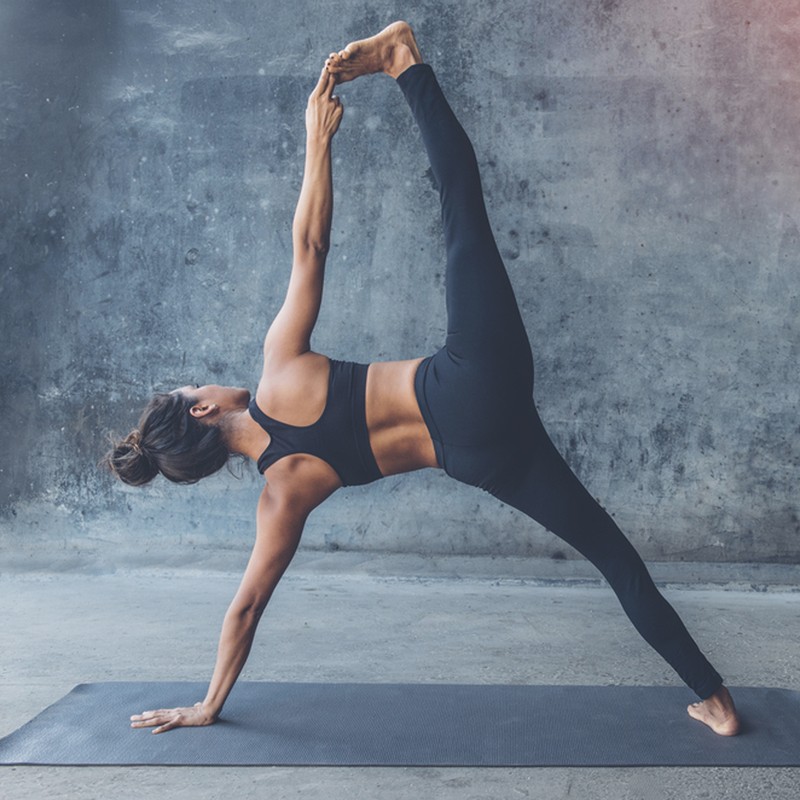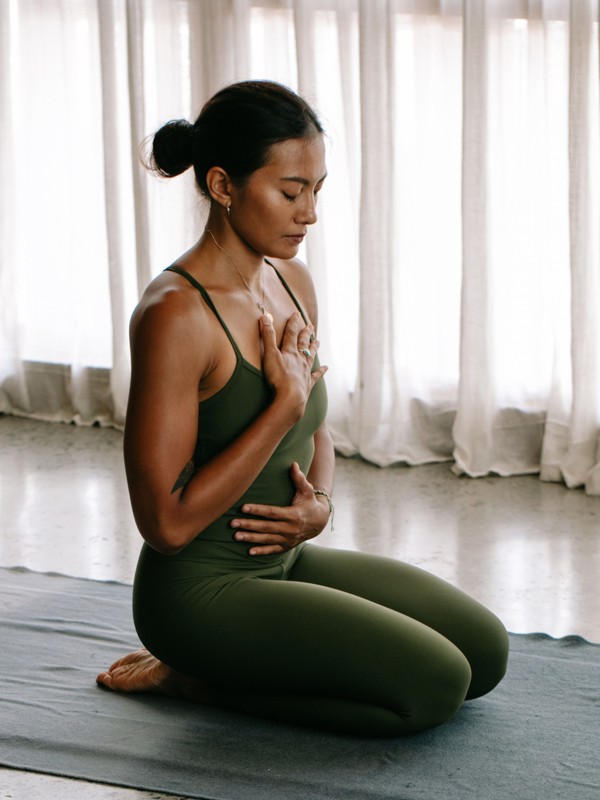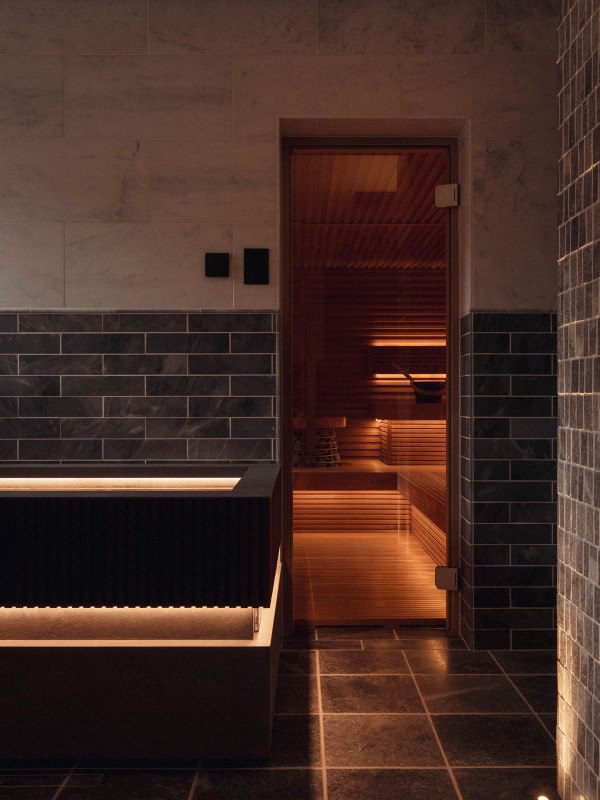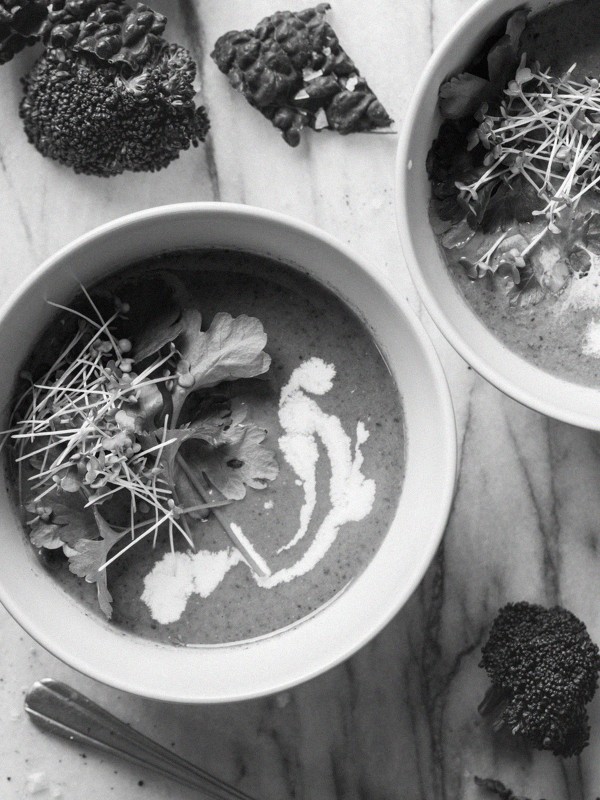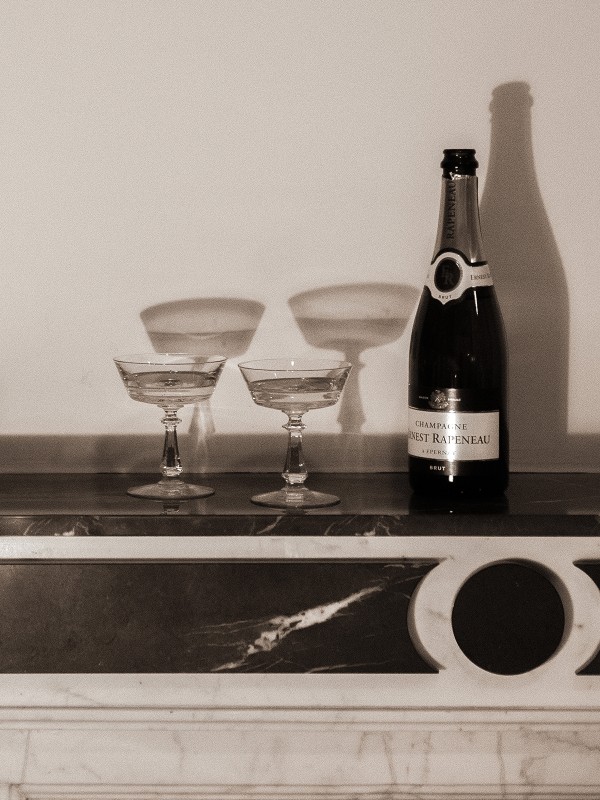Yoga Vs Pilates: The 7 Differences & Benefits To Know
1. Each One Uses Different Equipment
While both exercises work the body in effective ways, they employ different equipment. “Yoga is usually practiced primarily on a mat, whereas Pilates (aside from sometimes a mat), offers a spectrum of apparatuses such as the reformer, tower and Wunda chair to specifically target the core and a wider range of muscle,” says Jordan Ashley, Founder of Souljourn Yoga.
2. They Challenge The Body Differently
“Yoga and Pilates have so many similarities, and there is a huge scope of practitioners that teach vastly different repertoires,” explains Caron Bossler, Founder of Pilates Squared. “But generally speaking, what stands out to me in terms of their difference is that Pilates focuses on building muscular strength and co-ordination, as well as improving flexibility, preventing injury and of course, promoting grace through different equipment techniques to yoga.” That’s not, however, to say yoga doesn’t challenge the core, too. “Yoga’s benefits are endless (think posture, strength and flexibility), but the difference to me, is that it focuses more on being a lifestyle than just a workout,” confirms Jordan. “After practicing it regularly, you may find that you start to become less stressed at work, more present at home and even that you get a better night’s sleep – it’s pretty incredible when you start to notice the positive changes it has on your body in terms of general wellbeing. Think of yoga as slightly more holistic.”
3. Posture Poses Vary With Each
Not only are the poses and moves performed in each exercise quite different, so is the amount of time spent holding them. “Typically, in yoga, you hold poses for longer than you do in Pilates,” says Jordan. “Yoga creates strength in the body by holding shapes for longer that require endurance and concentration, such as the standing warrior poses, as you have to use more than just your legs to feel grounded and strong. It’s all about alignment and posture to ensure you’re more in tune with yourself. Pilates, on the other hand, doesn’t always repeat the flow of moves. “Often the movements are shorter and with few repetitions, there is more of a focus on control and precision with a specific set of exercises in a set order,” confirms Caron. “It comes down to a mixture of what the client wants to achieve and what we know they need, always with a cool down to finish.”
4. The Wellbeing Components Differ
This is possibly one of the biggest contrasts between the two. Pilates is more traditional exercises originally developed to help injured athletes, whereas yoga was created as a path to spiritual enlightenment through a series of poses. Put simply, yoga is a more meditative experience, depending on what type of class you’re attending. “Yoga doesn’t just mean physical. It could mean practicing things like ‘karma yoga’ or ‘service yoga,’ by volunteering somewhere or cultivating a meditation practice just by sitting, starting with 3-5 minutes a day,” explains Jordan. “The beauty of yoga practice is that very little is needed, just try setting aside a space that’s clean, organised and quiet. Create an inviting ambiance with a few candles too, it’ll help inspire you.” While Pilates is lesser known for its meditative benefits, it does challenge the mind as much as the body: “It requires you to engage everything simultaneously and has actually been proven to reduce negative emotions by changing and balancing the levels of chemicals in the brain,” says Caron.
5. Both Focus On Breathing Techniques
One key similarity between the two is the heavy focus on breathing correctly. It’s recommended that the two exercises should ideally be practiced at least twice a week to feel and see the full benefits. Or, if you want to do a class that purely focuses on your breathe, Jordan recommends seeking out a yoga class called ‘Pranayama,’ which offers a variety of exercises that achieve a multitude of effects from cooling to calming and energising.
6. They Will Both Benefit You During Pregnancy
With specific adaptations, yoga and Pilates are both considered safe and actually quite beneficial during pregnancy. “Most of my clients do Pilates right up to their due dates. It keeps the strength and flexibility to carry the extra weight throughout the pregnancy – particularly in your pelvic floor, tummy and back muscles. Both are also key post-pregnancy. At Pilates Squared we work with a lot of new mums on closing their Diastasis Recti – the gap in the abdominal wall that occurs in pregnancy,” Caron confirms.
7. The End Results Can Vary
Depending on what you’re trying to achieve, each can give you different results for your body. But if there’s one thing experts agree on, it’s that there’s no harm trying both to see what suits you best. “I personally practice both and I think it’s great to explore each one to see what works for you and your body. I truly believe they work well in harmony together. For example, my inversions have gotten stronger from working on my ‘powerhouse’ in Pilates while my back-bending range has improved vastly from yoga – so really, the two-work hand-in-hand,” says Jordan.
Here are SL’S Favourite Yoga & Pilates Classes…
1. For Different Styles Of Practice: Triyoga
2. For Classical Moves: Pilates Squared
3. For Mindfulness & Calm: Battersea Yoga
4. For Dynamic Moves: Heartcore
5. For Serious Calm: FLY LDN Yoga
DISCLAIMER: We endeavour to always credit the correct original source of every image we use. If you think a credit may be incorrect, please contact us at info@sheerluxe.com.
